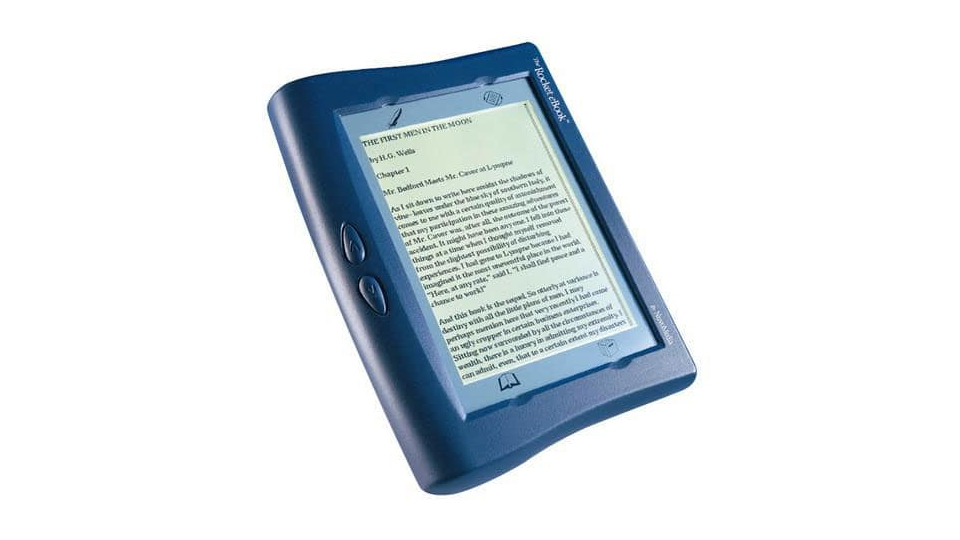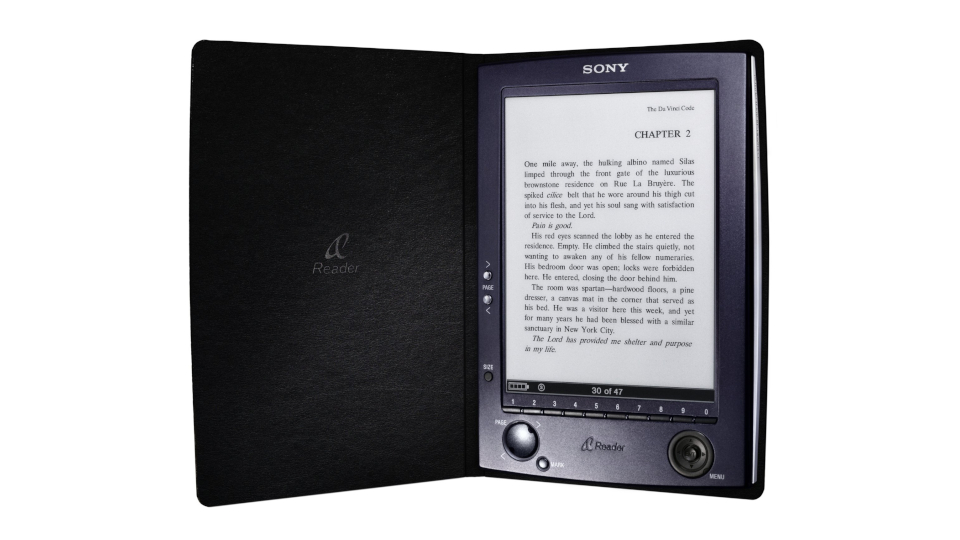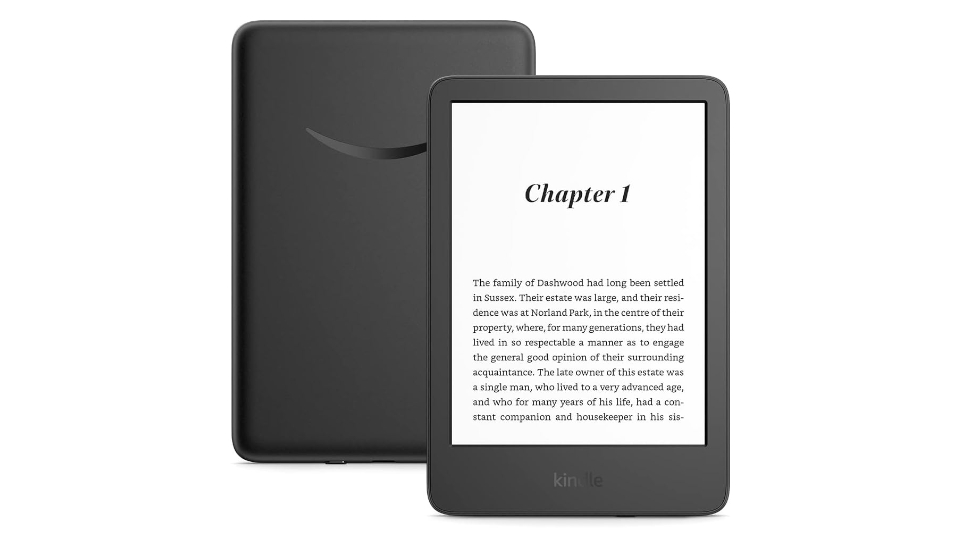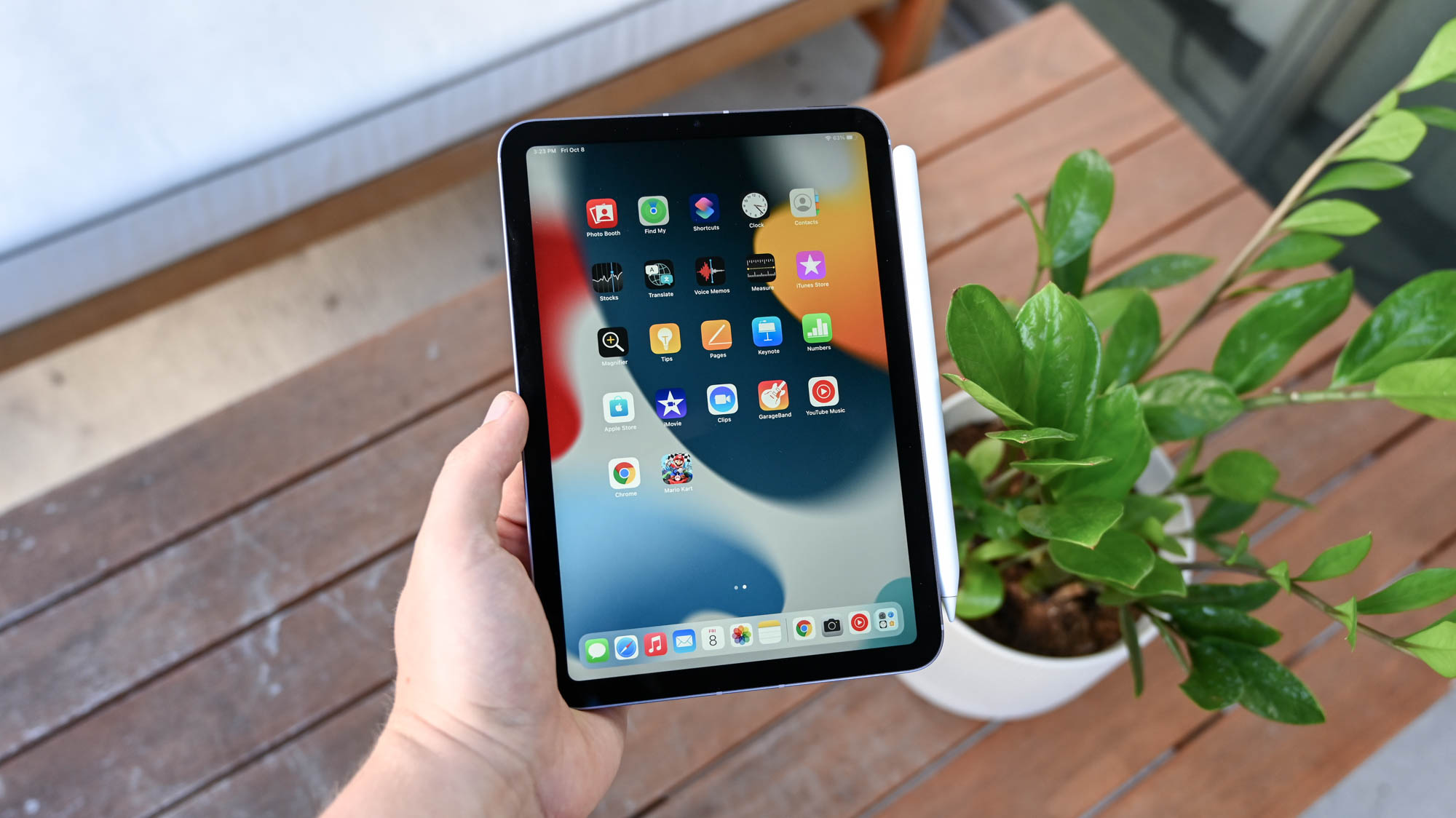
For a reason I’ve yet to understand, eReaders are still a thing — and I’m not happy about it. While I review dozens of different bits of tech each year and have spent most of my life buried neck-deep in gadgets and devices, the humble eReader is one category that has constantly baffled me.
For the record, I’ve owned an eReader myself. In fact, I still do. My Amazon Kindle has a special place in my tech collection, residing snugly in a box I often open up to enjoy some retro nostalgia. It currently acts as a coaster for my GameBoy Color, and that’s probably the most use it’ll ever get from me again.
Let’s face facts, eReaders are practically e-waste. If you own one, it’s time to give up your Kindle (or device of similar ilk) and get a real tablet — and if you don’t agree, let me make my case for you.
The state of eReaders in 2024
During the late 90s, the world was (almost) taken by storm when standalone devices like the Rocket eBook and Palm Pilot PDAs (Personal Digital Assistants) began to offer an all-new way of carrying the written word around in your back pocket.

The Rocket eBook, produced by NuvoMedia, was a rather bulky-looking handheld device with a plastic chassis about the size of a paperback book and chunky bezels surrounding a roughly 5.4-inch black-and-white LCD screen with a 106 ppi (Pixels Per Inch) resolution. It had a battery life of between 17 and 33 hours from a single charge (depending on backlight brightness).
Sadly, the complexity of these tools and the fact that there was no broadly adopted eBook format yet, led to something of a false start for the eReader.

It wasn’t until the launch of the Sony Reader in 2006 that the eReader gained its second wind — now appearing as a plastic device roughly the size of a paperback book with chunky bezels surrounding a roughly 6-inch black-and-white E Ink display with a 170 ppi resolution. Only this time it had online access married to a proprietary eBookstore. Progress!

Smash cut to 2024, and the eReader market is bigger than ever as we now celebrate devices like the Amazon Kindle — a plastic device roughly the size of a paperback book with chunky bezels surrounding a 6-inch black and white E Ink display with a 300 ppi resolution. Of course, featuring online access while married to a proprietary eBookstore.
Hold on a minute…
The great eReader scam
That’s right, in the last 18 years of eReader progress all we’ve really gained is 130 ppi in resolution and weeks' worth of needless battery life, alongside flummoxing storage upgrades that explode from the Rocket eBook’s humble ten-book limit to the Amazon Kindle’s 16GB of eMMC flash memory — capable of housing up to 16 thousand ebooks at an average file size of 1MB.
Yet here we are, fawning over one of tech’s most stale sandwiches amid a buffet of brilliance in portable computing.
How wonderful, and completely pointless. According to the statistics powering BooksCalculator.com (and we take this as a loose example and not as an iron-clad academic citation), if a person reads for 60 minutes a day at an average pace of 250 words per minute, they’ll have read 7,791 books in the short span of just 101 years.
Can you say progression in all the wrong places? I sure can. Yet here we are, fawning over one of tech’s most stale sandwiches amid a buffet of brilliance in portable computing. Just to our left, modern tablets don flared white jumpsuits and ride motorbikes over the fountains of Caesars Palace. Meanwhile, the Kindle’s most impressive feat will be adding color to its displays — and that’s not even expected until 2025.
You’re wrong about eReaders (and here’s why)
Enough is enough. I’ve heard all the rhyme and reason behind eReader lovers as I lurk in your forums and study your blogs — “But what about the authentic paperback experience of an eReader?” Let’s circle back and take another look at the Kindle. Does that look like a book to you?
Go ahead, crack it open, I guarantee you won’t find anything but cheap components and serial numbers. Now, that might be sweet poetry to robots and ChatGPT, but I don’t see myself registering any of Chaadaev’s philosophical observations from this celebration of the sweatshop any time soon.
“But what about that paper-like look of the screen?” What about it? Who cares how much a display looks like paper if its refresh rate is so slow that the continental shift is the only thing it can smoothly track?
It’s like scrolling through a book that can order you a pizza and play all fifteen seasons of Supernatural.
eReaders are more prone to ghosting than my dating career. Quite frankly, when compared to the dazzling 120Hz AMOLED displays of tablets and phones, I couldn’t care less how much a screen can resemble the compacted pulp of a once majestic and alive tree, slain for the sake of your off-white, burlap-rough seeking visual appeasement.
One of the clearest appeals to emotion I’ve seen comes from statements like “eReaders are the eco-friendly option!” This claim immediately falls flat when you consider that this is simply another device you’ll need to own and eventually upgrade from, leading to more e-waste. It’s reported that only around 12.5% of e-waste is recycled, compared to 65% of paper in the US.
And yes, the classic, “But I enjoy the feel of an eReader!” That polished-to-a-sheen surface of your tablet and smartphone lacks that tactile feel of dead wood pulp. Well, let me be the first to introduce you to matte-finish screen protectors. Not only will it protect your device against bumps and scratches, but it’s like scrolling through a book that can order you a pizza and play all fifteen seasons of Supernatural.
Just buy a tablet; you’re halfway there anyway
eReader owners, there’s really no excuse. Why continue paying a premium for a device that lacks the features and functions of a similarly priced tablet? It’s not like you’re far off from tablet ownership anyway.
Owning an eReader is a lot like owning a tablet, but with all the child safety features turned on and dialed up to eleven. I bet there are toy Fisher-Price tablets with more functionality than your average Kindle.
If you’re looking for a palm-friendly place for parables, the iPad mini is a great eReader alternative. Plus, the jelly scrolling issues that some people find frustrating will be a nostalgic joy ride for your ePaper-enjoying senses. Hold off a little longer, and you may even find a better option in the upcoming iPad mini 7.

For a more tablet-sized troupe of tall tales, just about any Android tablet would grant you everything you’re used to and more. Not to mention the flagrant abundance of colors they offer. Go ahead, enjoy the digital age in hues a dog could only dream of. The best tablets offer so much that their eReader capabilities are barely a footnote on their enormous features list.
Better still, why bother with a new device at all? There’s a strong chance you already own a fantastic eReader alternative — your phone. From accessing libraries of written content and listening to hour upon hour of audiobooks, I guarantee you, there’s an app for that.
Even the finest quill gave up the ghost to the ballpoint pen eventually — and soon it’ll be Apple Pencils as far as the eye can see. eReaders are looking increasingly as dogeared as the old books they desperately seek to emulate. It’s time to let the old bones of this digital dinosaur rest. And if you really can’t do without the feel and look of a paperback book, go and buy one.







